Key Features
- Rowe-Ackermann Schmidt Optical Design: 8” f/2.2 flat-field imaging system with rare-earth glass, delivering sharp, defect-free images across APS-C sensors without field curvature, coma, astigmatism, or chromatic aberration.
- Camera Compatibility: Designed for color astronomical CMOS cameras, smaller CCD cameras, and mirrorless cameras (not compatible with standard DSLRs).
- Ultra-Stable Focus System: Precision linear ball bearing system minimizes image shift.
- Internal Filter Mount: Includes support for a Light Pollution Imaging Filter.
- Wide Spectral Performance: Operates over a wider spectral range than most telescopes, from 400-800 nm, for sharper focus.
- High Payload Capacity: Supports up to 40 lbs, ensuring stability for the fully-equipped RASA 8 and accessories.
- Precision Drive System: Features low-cog DC servo motors, optical encoders, steel worm gears, and brass worm wheels for smooth, accurate tracking and durability.
- NexStar+ Control Technology: Offers advanced functions like All-Star Polar Alignment, Permanent Periodic Error Correction (PPEC), and seamless meridian tracking, ideal for astrophotography.
Description
This kit combines the 8” Rowe-Ackermann Schmidt Astrograph (RASA) with the CGEM II EQ mount. Simply add a camera and this package offers everything you need to take spectacular images of wide-field deep sky objects.
RASA Performance Made for Everyone
Capture spectacular wide-field deep sky images in seconds with Celestron’s portable astrograph, the 8” Rowe-Ackermann Schmidt Astrograph (RASA). This incredibly fast f/2.0 system is the perfect companion to today’s color astronomical CMOS cameras, smaller CCD cameras, and mirrorless cameras. Thanks to its fast focal ratio and patented optical design, you can produce sharp, detailed images and, in many cases, skip the autoguider completely. Weighing in at just 17 pounds, it’s easy to transport your 8” RASA to the most remote dark sky locations.
The 8” RASA is an imaging telescope that delivers a flat field without optical aberrations for razor sharp stars across a wide field of view. It can capture stunning deep-sky astronomical images without the challenges typically presented by longer focal length instruments at a fraction of the cost of those systems.
The latest addition to the RASA family, this 8” version is a much more portable and affordable version of the heralded RASA 11, which was introduced to much acclaim in 2014. With the 8” RASA joining the lineup, a wider range of astroimagers can enjoy the benefits of the RASA design. It has many of the same thoughtfully designed features as its “big brother” RASA 11, including the integrated air-cooling system, internal filter mount, and sturdy CGE dovetail mounting bar.
Purely designed for imaging, the 8” RASA cannot be used visually. The prime focus focal plane is located at the front of the optical system, so it cannot accommodate a traditional eyepiece.
Shorter Exposure Times and Virtual “Real-Time” Observing
Since it is an F/2.0 optical system, imagers can use shorter exposure times to capture detail in faint objects. When combined with sensitive cameras and the proper “live stacking” software, the 8” RASA can provide an almost real-time observing experience. View images on a computer instantly that are brighter and more detailed than can be seen in much bigger telescopes with the naked eye.
Ultra-Stable Focus System
With the launch of the 8” RASA, Celestron is unveiling a focuser design that mitigates lateral movement of the primary mirror when focusing, slewing, or tracking with the astrograph. Focusing is easier, more accurate, and more stable than ever. The key to the Ultra-Stable Focus System is a precision linear ball bearing, which is tested during assembly to ensure optimal results.
Built for Today’s Latest Cameras
Unlike the larger RASAs that work with DSLR and large CCD cameras, the 8” model was designed with color astronomical CMOS cameras, smaller CCD cameras, and mirrorless cameras in mind. The telescope does not work with standard DSLR cameras. It is optimized for sensors with up to a 22mm diagonal, but performs well with sensors up to 32mm diagonal. The APS-C sized sensors used in many mirrorless cameras are a good choice. 42mm full frame sensors will also work, but performance will be poor at the edges of the sensor and field illumination will be reduced. Additionally, we do not recommend pairing RASA 8 with any camera body more than 4” in diameter. See the chart below to determine if your camera is compatible with RASA 8.
| Camera | Compatible with RASA 8? | Adapter required |
|---|---|---|
| Astronomical CMOS/CCD camera with C-mount | Yes | C-mount adapter (included) |
| Astronomical CMOS/CCD camera with M42-thread mount | Yes | M42 adapter (included) with M42 extension tubes (not included) |
| Astronomical CMOS/CCD camera with other mount | Yes | Custom camera adapter |
| Canon mirrorless with APS-C sensor | Yes | Canon mirrorless adapter (sold separately) |
| Sony mirrorless with APS-C sensor | Yes | Sony mirrorless adapter (sold separately) |
| Canon mirrorless with full frame (42mm) sensor | Yes, but not optimized across the full sensor | Canon mirrorless adapter (sold separately) |
| Sony mirrorless with full frame (42mm) sensor | Yes, but not optimized across the full sensor | Sony mirrorless adapter (sold separately) |
| DSLR | No | -- |
Unique Optical Design
RASA’s optical design is patented (US 2016/0299331 A1). The design consists of a Schmidt corrector, primary mirror, lens group, and optical window. The lens group contains 4 elements and utilizes rare-earth elements. Unlike many telescopes that only perform well over the visible spectrum (400-700nm), the 8” RASA’s optics are designed to perform over a wider spectral range, from 400-800nm. This allows more of the light emitted from the astronomical object to be sharply focused in the image.
With many imaging systems, adding an extra piece of flat glass such as a filter does not change optical performance. However, that is not the case with super-fast optical systems like the RASA. Our engineers addressed this by designing the RASA with a removeable optical window, so you can maintain peak optical performance if a filter is added or if a camera has its own optical window. Celestron offers a Light Pollution Imaging Filter designed specifically for the 8” RASA, which mounts in place of the optical window.
All refractive optical surfaces are coated with StarBright XLT coatings, while the primary mirror uses enhanced aluminum coatings. This maintains high light transmission through the entire optical system.
When compared with “Hyperstar SCT” systems, the RASA 8 provides better optical performance and field illumination.
CGEM II: An Excellent Platform for RASA
CGEM II is a sturdy equatorial mount capable of rigidly supporting the 8” RASA. Its 40 lb load capacity can handle the 17 lb optical tube with ease, leaving lots of capacity to spare for your camera and any accessories. The heavy-duty adjustable height tripod has 2” diameter steel tripod legs with graduated markings that make it easy to extend the legs to the same height. The 8” RASA connects directly to the CGEM II with its CGE dovetail mounting bar.
The mount is packed with functionality and conveniences that make imaging with the 8” RASA easy. The fully computerized mount will automatically “GoTo” any of the 40,000+ astronomical objects selected from the NexStar+ hand controller’s database and automatically track the object as it appears to move across the night sky.
Designed with imaging in mind, the CGEM II motor drive system accurately tracks during an exposure. At the heart of the system are low cog DC servo motors with integrated optical encoders. The low cog design helps the motors run smoothly, while the integrated optical encoders provide accuracy. The motors turn steel worm gears, which are supported by precision bearings, against brass worm wheels. These components also help to make the motor drive system operate smoothly and accurately.
To track objects in the night sky, the mount must first be polar-aligned. Celestron makes this process easier than ever with the innovative All-Star Polar Alignment procedure. No extra equipment, such as a polar finder scope, is required. (An optional polar alignment finder scope is available if desired.) Best of all, the alignment can usually be completed in about 15 minutes, even without a clear view of Polaris.
All mounts have some amount of “periodic tracking error” inherent in them caused by tiny gear imperfections. To mitigate this, the CGEM II has Permanent Periodic Error Correction (PPEC). This allows you to run a routine to record the periodic errors only once; the recording is kept in memory, and subsequently corrects for the mount’s periodic tracking error. If an even higher level of tracking accuracy is desired, the CGEM II also has a dedicated autoguider port to connect an autoguiding camera directly to the mount to correct for any residual tracking errors.
Conditions for imaging are best when celestial objects are at their highest point in the sky with the darkest background, called the meridian. But some German equatorial mounts have trouble tracking near the meridian because they need to perform a “meridian flip,” readjusting their position to avoid the tube striking the mount. CGEM II does not suffer from this problem, imaging through the meridian with ease and not requiring a meridian flip until the object is a full 20° past the meridian.
The NexStar+ also has dozens of other functions to control every aspect of the mount’s behavior. These include:
- Multiple ways to align the mount to the night sky
- Adjustable slew rates up to 5°/second
- Northern or Southern hemisphere compatibility
- Adjustable autoguiding rates
- Hibernate mode so the mount can be powered down without loss of alignment
- Continual firmware development, with new features added regularly
In addition to the autoguider port, the CGEM II also has other ports to enhance and expand the capabilities of the mount. The hand controller has a USB 2.0 port for those who wish to control the mount with an external computer and optional third-party software. There is an AUX port on the mount that can support optional accessories such as StarSense AutoAlign.
When imaging, cable management can be a problem. The camera has a cable, the mount’s power source has a cable, and additional cables can come from a computer connection and augtoguider. To minimize cable management issues and prevent unwanted snags, all cabling for the mount is housed internally. This also eliminates the need to connect or disconnect an external Dec. motor cable when the mount is set up or broken down.
Transporting the entire system to a dark site is not a problem either. The optical tube, mount head, tripod, counterweight bar, and counterweight all disassemble, with no tools required, into separate manageable pieces.
In summary, the CGEM II and RASA 8 work well together to attain stunning imaging results with minimal hassle. It’s the perfect kit for those who want to take the next step into deep-sky astroimaging.
SOLAR WARNING
- Never look directly at the Sun with the naked eye or with an optic (unless you have the proper solar filter). Permanent and irreversible eye damage may result.
- Never use your optic to project an image of the Sun onto any surface. Internal heat build-up can damage the optic and any accessories attached to it.
- Never leave your optic unsupervised. Make sure an adult who is familiar with the correct operating procedures is with your optic at all times, especially when children are present.
Additional information
| Lunar and planetary observation | Yes |
|---|---|
| Deep sky observation (galaxies, nebulae, etc.) | Yes |
| Solar Observation | Only with appropriate solar filters! |
| Terrestrial Observation | No |
| Astrophotography | Yes |
| Type of build | Catadioptric |
|---|---|
| Optical Design | Rowe-Ackermann Schmidt Astrograph |
| Aperture | 203 mm (8") |
| Focal Length (mm) | 400mm (15.74") |
| Focal Ratio | f/2.0 |
| Central obstruction diameter | 93mm (3.66") (46% of aperture diameter) |
| Coating | StarBright XLT |
| Resolving Power (Rayleigh) | 0.68 arcseconds |
| Resolving Power (Dawes) | 0.57 arcseconds |
| Light Gathering Power (Compared to human eye) | 843x |
| Image circle | 22mm (.86") Ø, 3.15° |
| Useable field | 32mm (1.26") Ø, 4.6°, only minimal performance loss at edge of FOV |
| Wavelength range | 400 - 800 nm |
| Spot size | < 4.6 μm RMS across image circle |
| Off-axis Illumination | 93% at 11mm (.43") off-axis |
| Optical Window | 46mm (1.81") Ø |
| Back Focus with Adapter | 25mm (.98") |
| Back Focus from Collar | 29mm (1.14") |
| Type of focuser | Ultra-Stable Focusing System |
| Optical tube material | Aluminum |
| Optical tube length | 628 mm |
| Optical Tube Diameter | 235mm (9.3") |
| Optical tube weight | 7.7 kg |
| Dovetail Compatibility | Dual saddle plates (CG-5 and CGE saddle) |
| Type of mount | Computerized Equatorial |
|---|---|
| Tracking | Tracking modes: EQ North and EQ South, Tracking rates: Sidereal, Solar and Lunar |
| Payload capacity | 18 kg (40 lbs) |
| Ports | 2 AUX Ports (1x Hand control Port and 1x AUX Port for optional accessories), Autoguide Port, USB Port (input on Hand Control) |
| Counterweight | 1 x 7.7 kg (17 lbs) |
| Computerized Hand Control | 2 line x 18 character backlit Liquid Crystal Display, 19 LED backlit buttons, USB 2.0 Port for PC connection |
| GPS | None |
| Dovetail Compatibility | Dual saddle plates (CG-5 and CGE saddle) |
| Tripod Material | Steel legs |
|---|---|
| Accessory Tray | Included |
| Power Requirements | 12V DC, 3.2 amps |
|---|
| Eyepiece | Not included |
|---|---|
| Finderscope | Not included |
| Barlow lens | Not included |
| Camera | Not included |
| Optical tube length | 628 mm |
|---|---|
| Tripod Leg Diameter | 50.8 mm |
| Optical tube weight | 7.7 kg |
| Mount weight | 18.14 kg |
| Tripod Weight | 9 kg |
| Package Contents | 1 x 7.7 kg counterweight, Accessory Tray, C-thread camera adapter, CGEM II Equatorial Head, DC Power Cable, Fan battery pack, Hand Control Holster, M42 camera adapter, NexStar+ Hand Control, Tripod |
|---|
| Software | Celestron Starry Night Special Edition Software and SkyPortal App |
|---|---|
| Other features | Air-cooling system, integrated filter mount |
| Total Kit Weight | 43 kg (95 lbs) |
Reviews
Downloads
Downloads
Manuals:
Nexstar Plus Hand Control Manual
8" Rowe-Ackermann Schmidt Astrograph Manual
Software & Firmware:
Periodic Error Correction Tool (PECTool)
Drawings:
Advanced VX 8" Rowe-Ackermann Schmidt Astrograph Dimensional Drawing
8" Rowe-Ackermann Schmidt Astrograph Optical Tube Assembly Dimensional Drawing
Other Product Files:
How to Align a Red Dot Finder to Your Telescope Video
Celestron NexStar+ Hand Control Troubleshooting Guide
Recommended
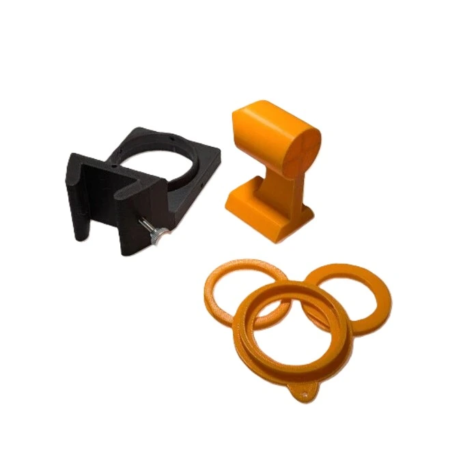
- In Stock
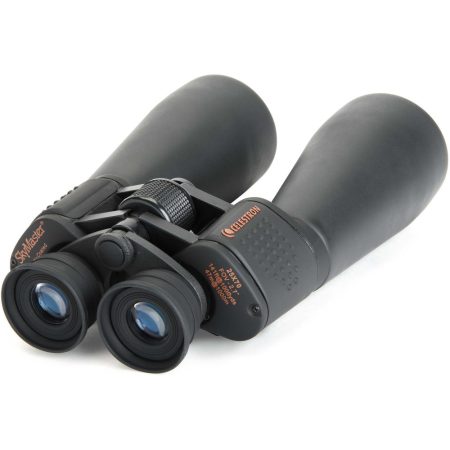
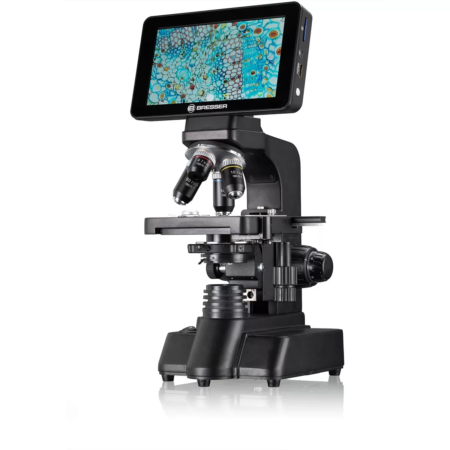
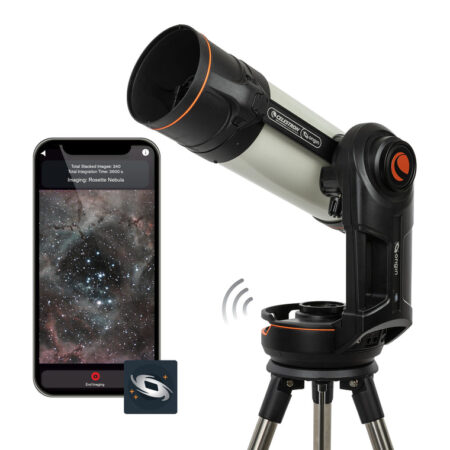
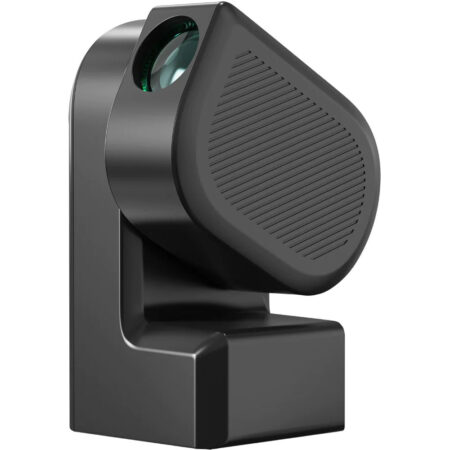
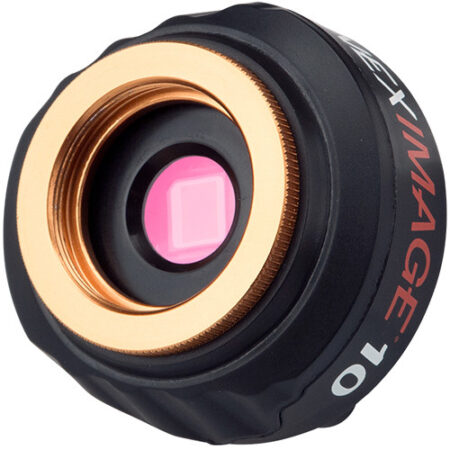
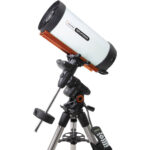
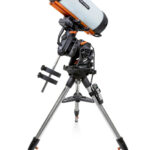
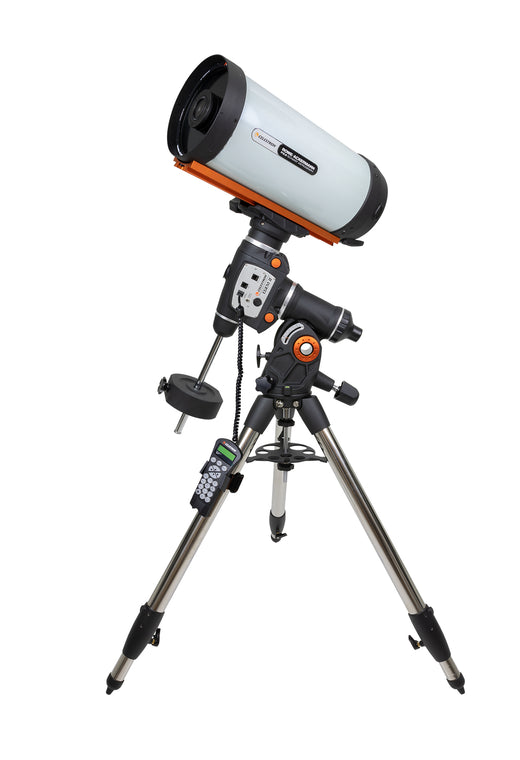
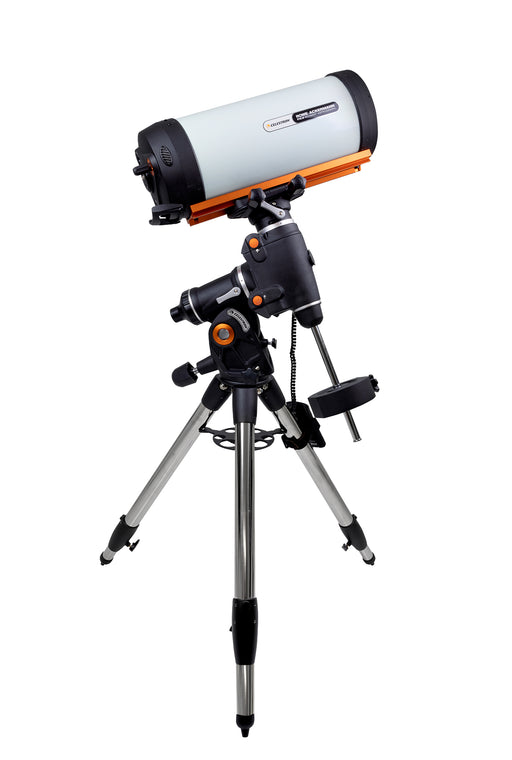
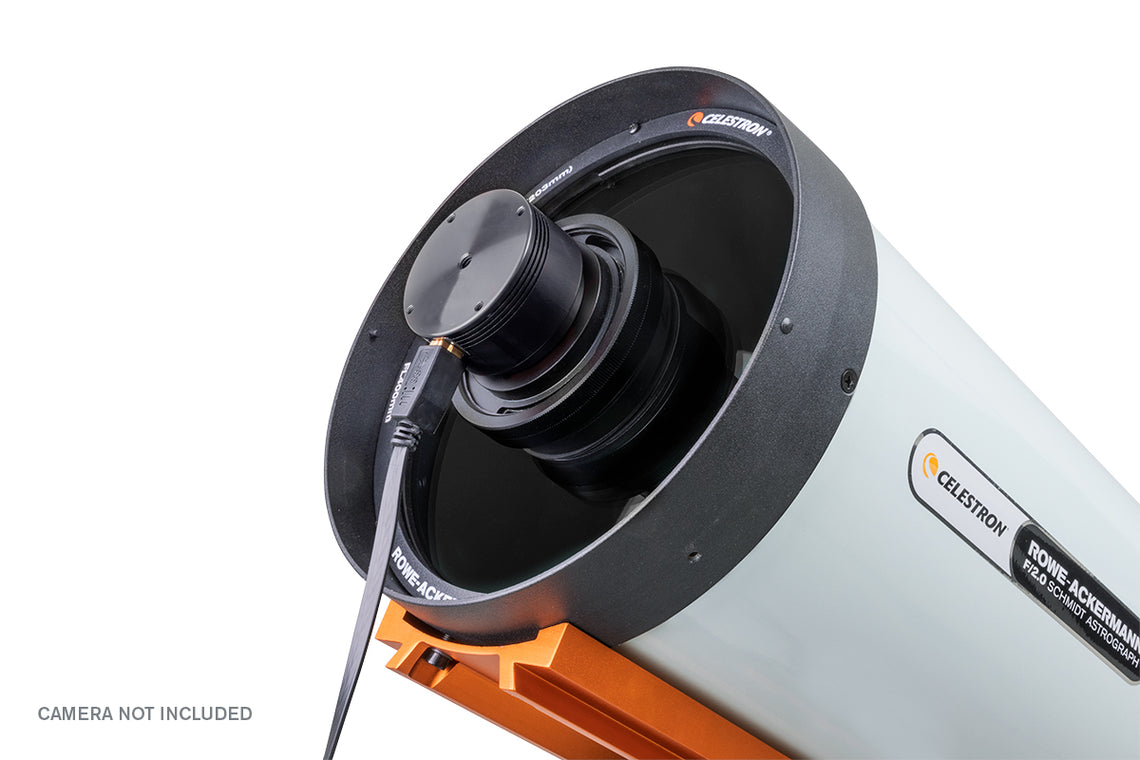
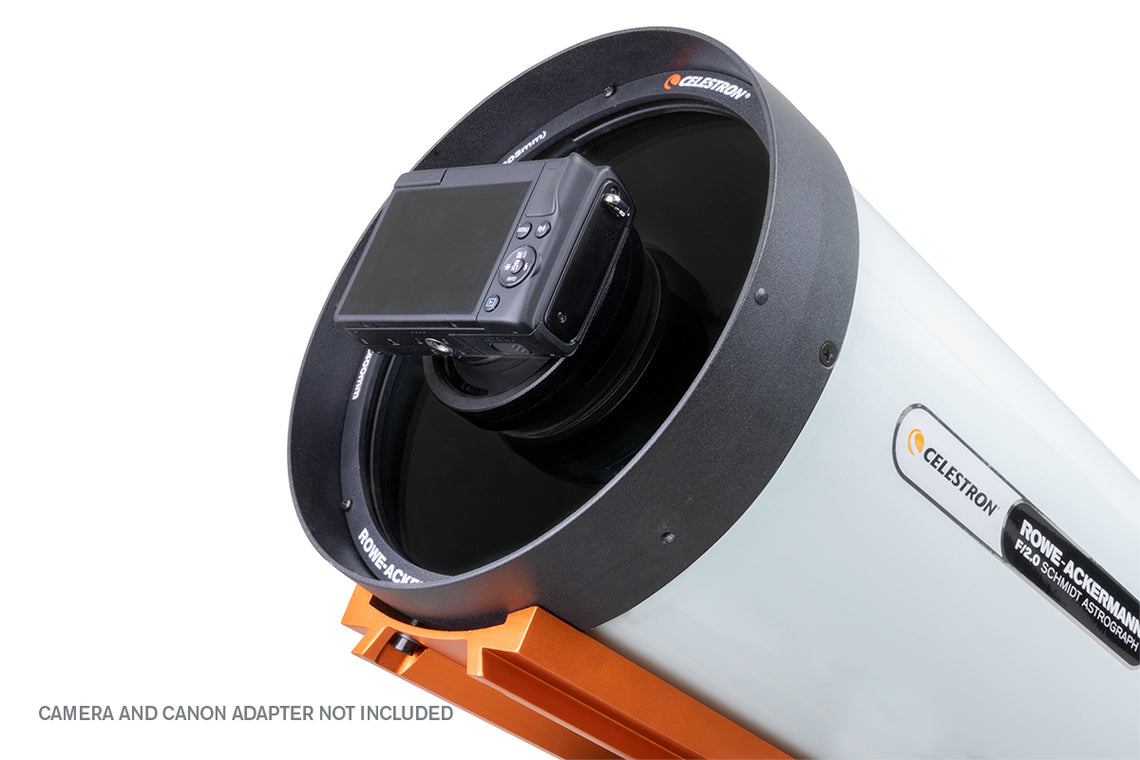
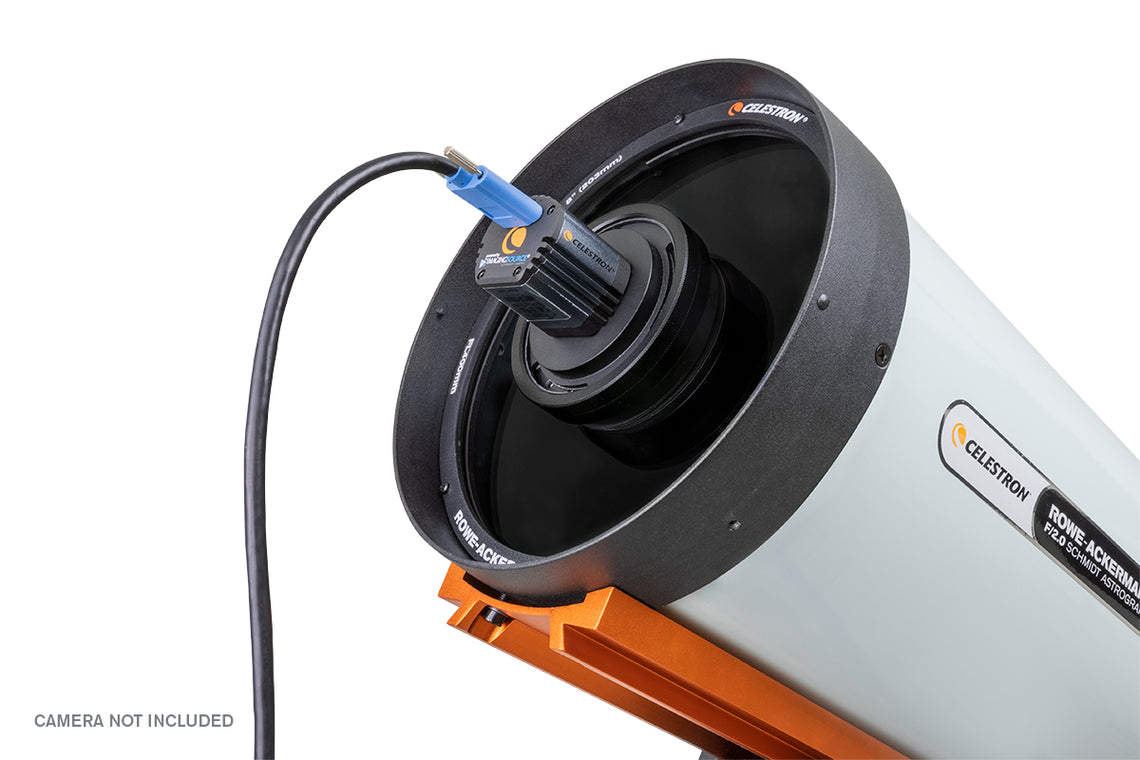
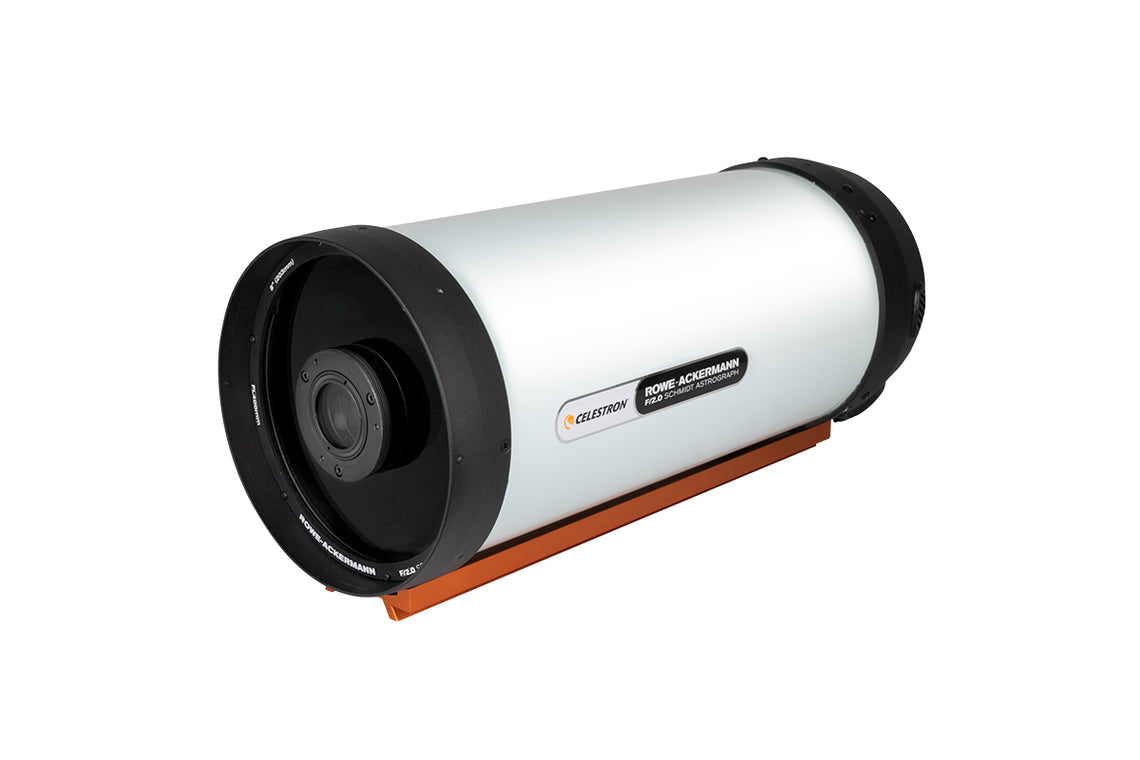
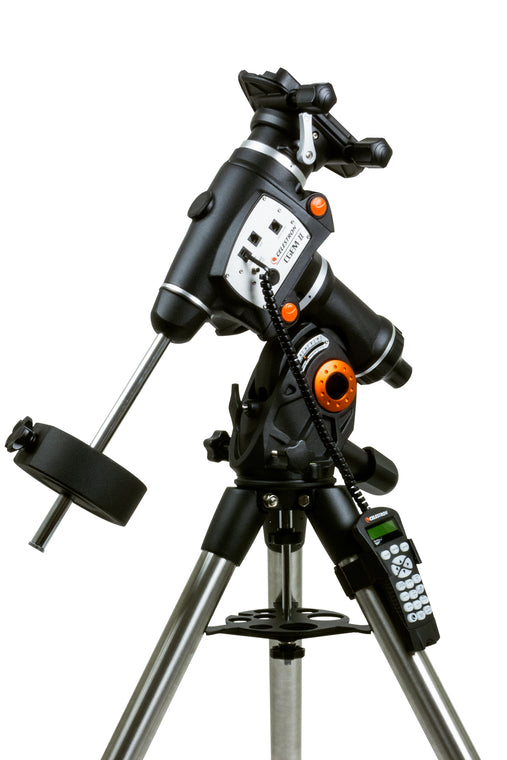
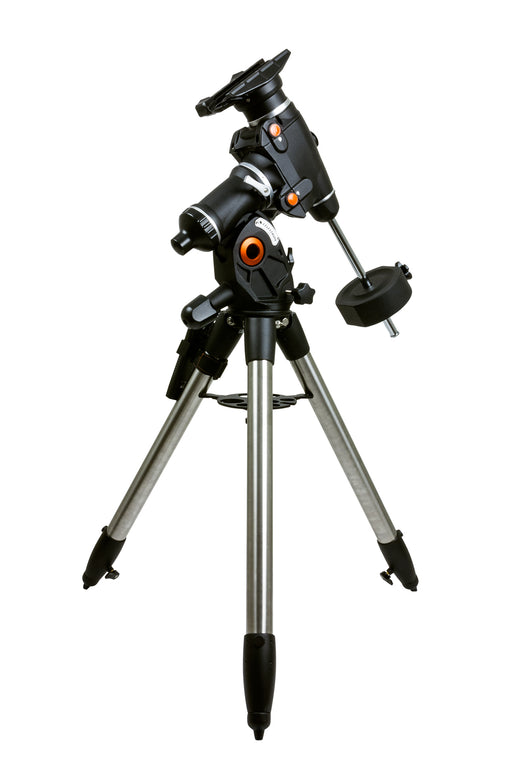
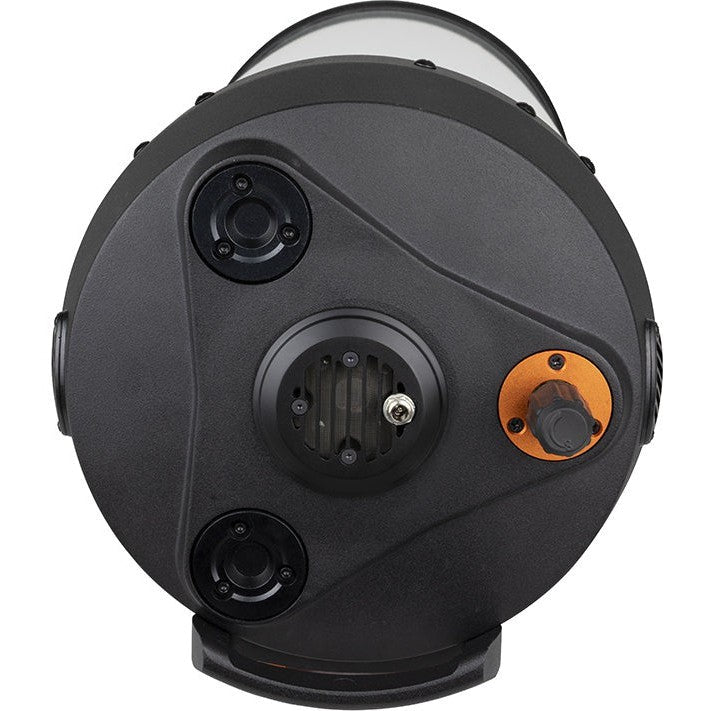
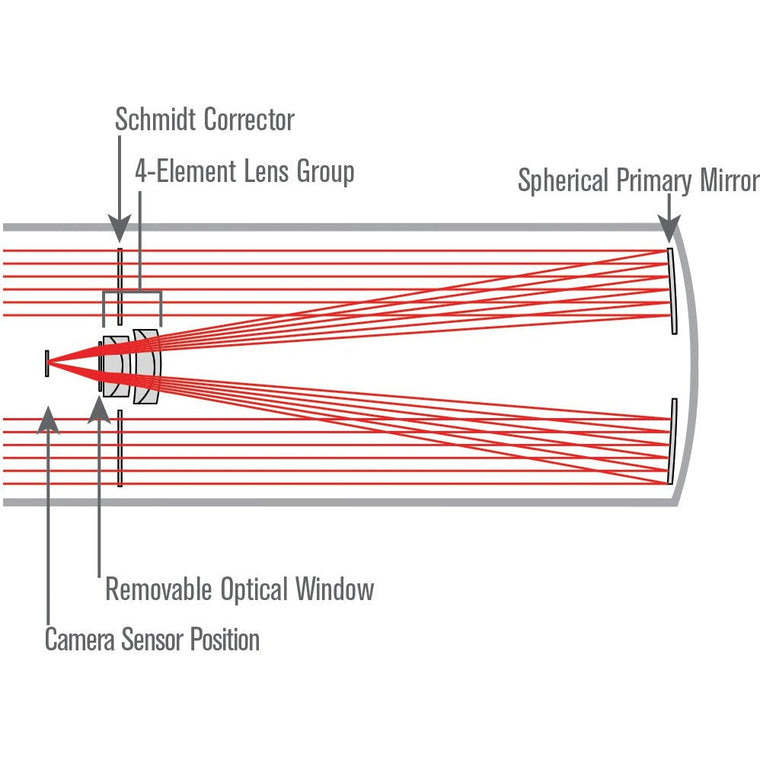
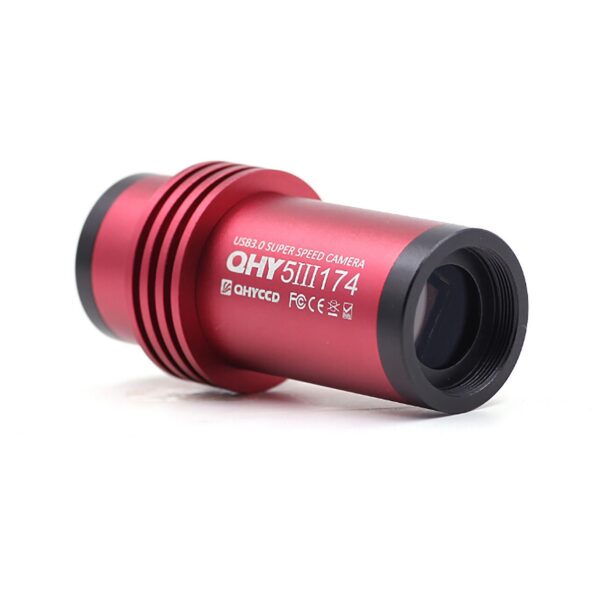
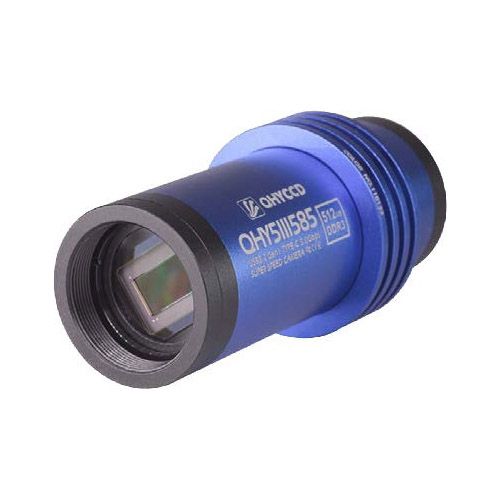
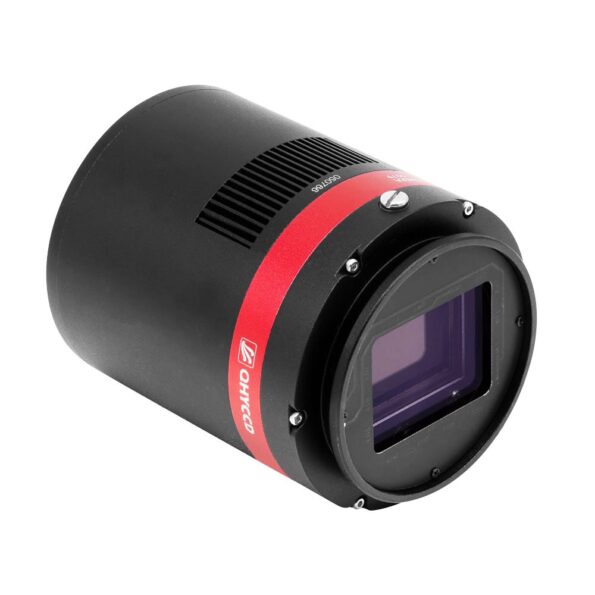
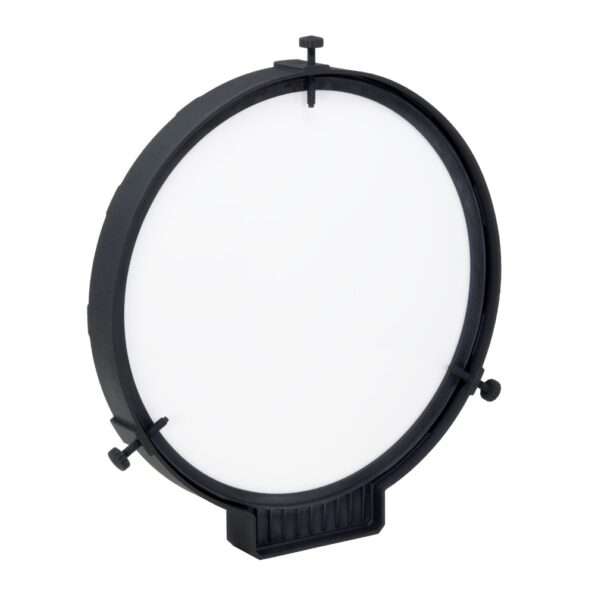
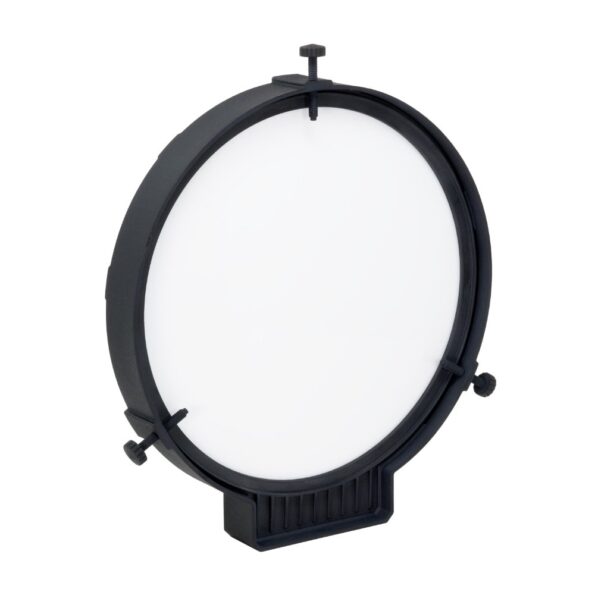
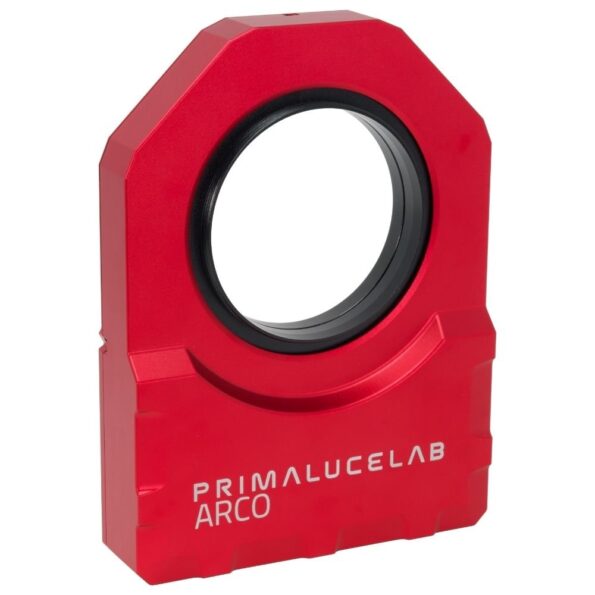
0.0 Average Rating Rated (0 Reviews)